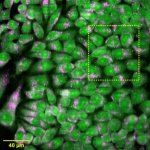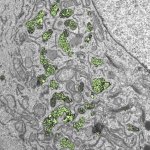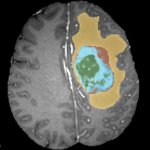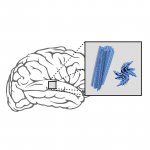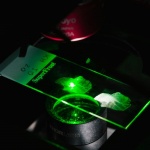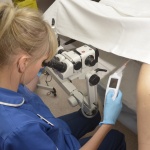
News • Beyond the mammogram
Cracking the code of breast calcifications – with geology?
Dense calcifications are common in breast tissue, but not every finding in a mammogram is a precursor of cancer. New insights could lead to fewer benign biopsies and guide therapeutic development.














